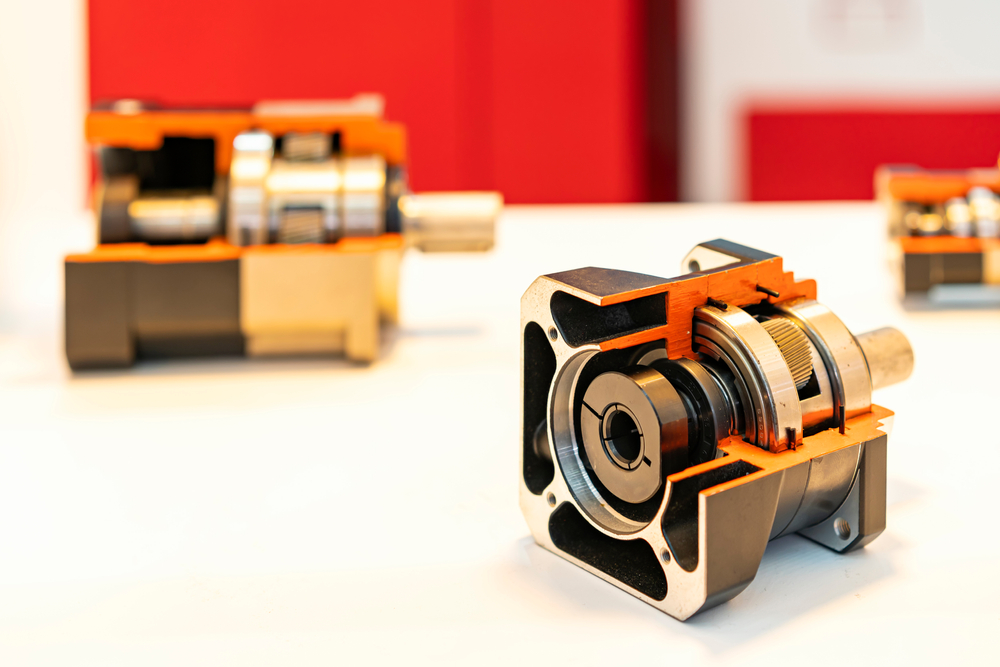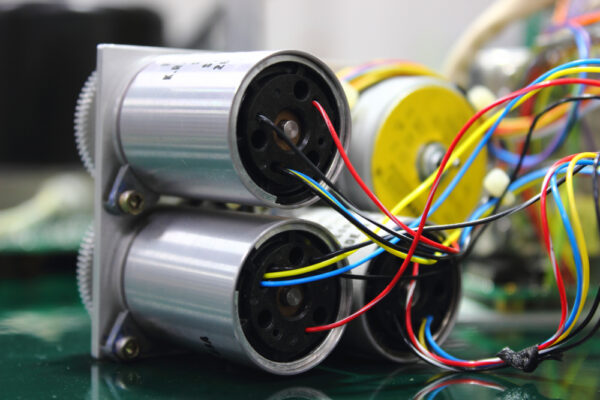Servo Drive Overload Faults: Causes, Diagnostics, and Repairs

No manufacturer wants to face unexpected equipment shutdowns. Servo drive overload faults rank among the most disruptive issues in automated manufacturing systems, often bringing production lines to an abrupt halt (and causing substantial downtime).
While these faults can seem complex at first glance, they typically stem from identifiable root causes. Understanding these underlying issues not only speeds up troubleshooting, it also helps develop targeted prevention strategies that protect against future failures.
What triggers an overload fault?
Servo drive overloads stem from several common sources. The motor might draw excessive current while trying to overcome mechanical resistance — perhaps from increased friction in bearings or binding in linear guides. Changes in load inertia can also overwhelm the drive, especially during rapid acceleration or deceleration cycles. Plus, environmental factors like high ambient temperatures often contribute by reducing the system’s heat dissipation.
Getting to the source with diagnostics
Effective diagnosis starts with data collection. Modern servo drives record detailed fault histories, including current levels, voltage fluctuations, and temperature readings leading up to the failure. These readings help pinpoint whether the issue stems from mechanical problems, electrical anomalies, or thermal challenges.
The next step involves analyzing operating patterns. Does the fault occur during specific motion profiles? Are there correlations with ambient temperature or particular times in the production cycle? This information narrows down potential causes and guides the repair strategy.

Making it right through informed repair approaches
Once the root cause emerges, implementing lasting repairs becomes straightforward. For mechanical issues, inspecting and replacing worn components often resolves the problem. Electrical solutions might involve adjusting servo tuning parameters or upgrading cooling systems.
Prevention also plays a vital role in the repair process. Installing monitoring systems helps catch early warning signs before they escalate into full failures. Regular maintenance checks of mechanical components — especially those subject to wear — can prevent many overload scenarios.
Get cost-efficient servo repairs
Don’t let servo drive overload faults be the catalyst that takes down your equipment. Partner with GES for servo motor repair and get 10% OFF single repairs and 15% OFF 3+ repairs now through the end of January!
Carving out a path to reliable operation
Proactive solutions are the best defense against servo drive overloads. This includes establishing baseline performance metrics, implementing regular inspection schedules, and maintaining detailed service records.
But it goes beyond relying on routines. Training maintenance teams to recognize early warning signs also empowers them to address potential issues before they cause shutdowns. Understanding the relationship between mechanical wear, electrical performance, and thermal management creates a solid foundation for system reliability.
A servo drive overload fault signals something has gone wrong in the system — but it also presents an opportunity to improve maintenance practices and prevent future failures. Through careful diagnosis, targeted repairs, and strategic prevention measures, manufacturing systems can achieve consistent, reliable performance.
